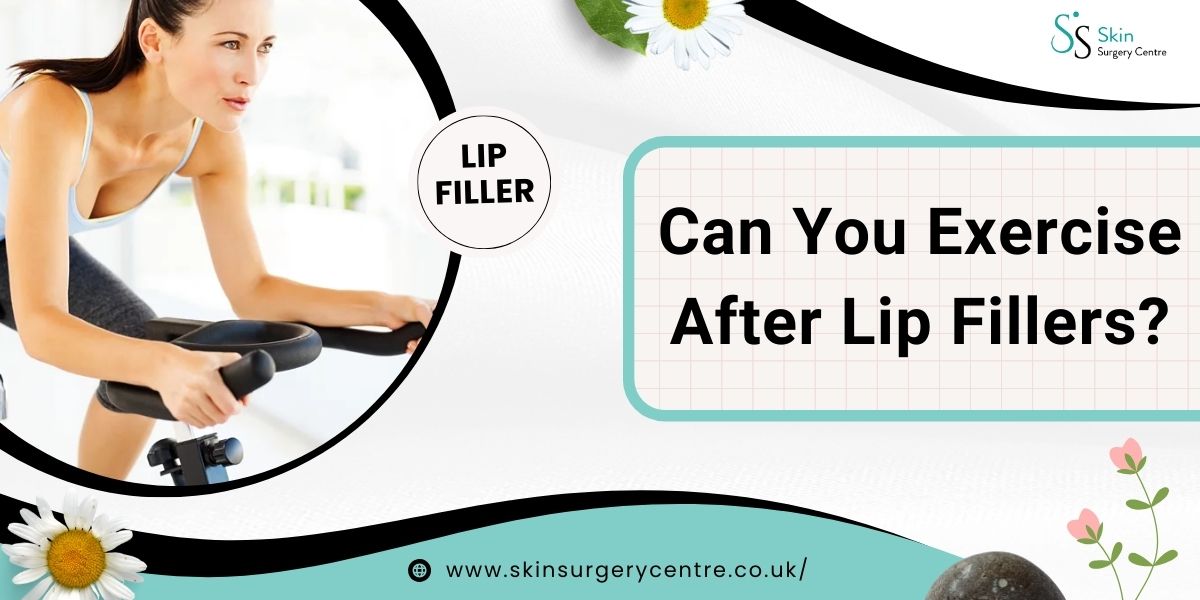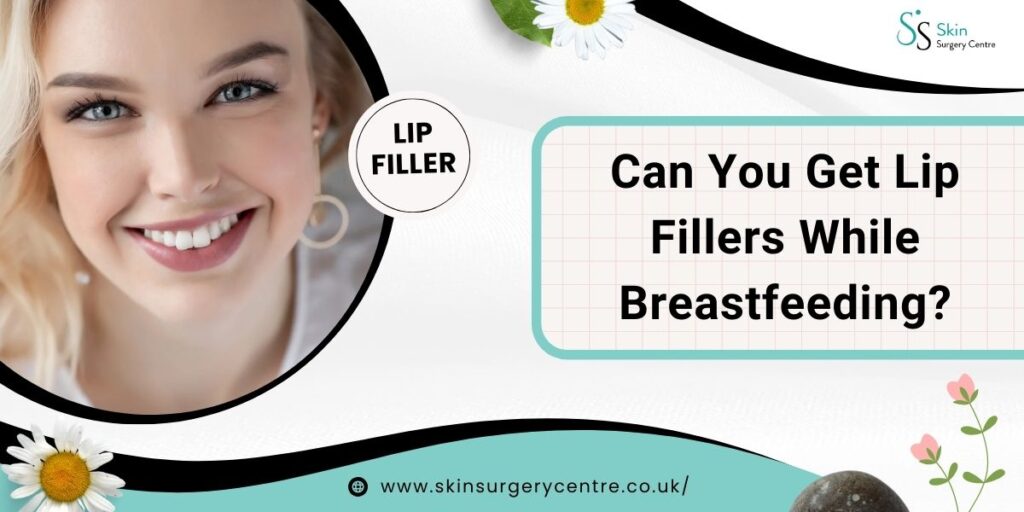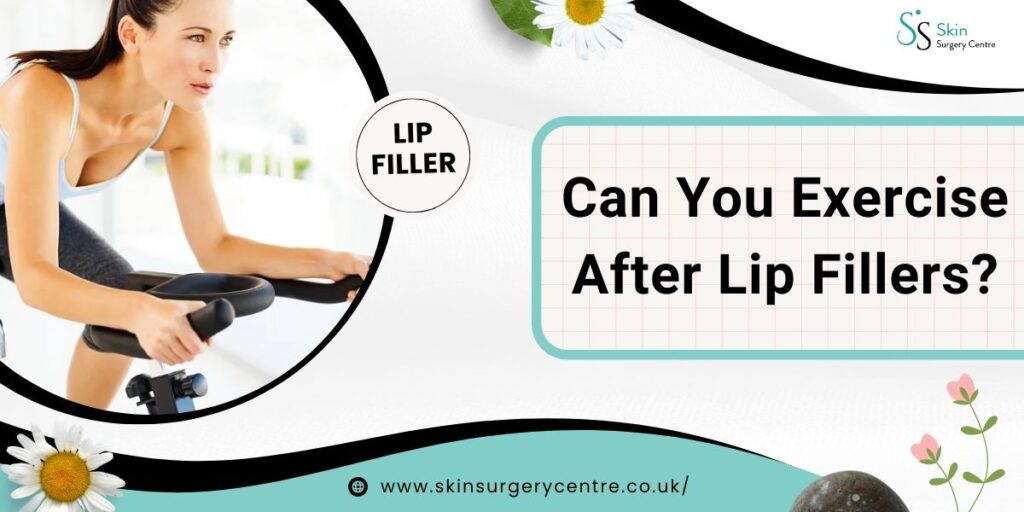Did David Beckham Get Lip Fillers? Separating Facts from Speculation
For many years, David Beckham has been a household name due to his glorious football career. To add to this,...

Can you exercise after lip fillers? At our London, Manchester, and Birmingham clinics, this is one of the most common recovery questions. The answer depends on timing, activity type, and how your body heals. While lip fillers are a quick, non-surgical way to enhance your pout, recovery requires a few lifestyle adjustments — especially when it comes to workouts.
However, just like any cosmetic procedure, lip fillers require rigorous care and do’s and don’ts in order to guarantee the best look possible. Something that many people ponder is whether going to the gym after getting lip fillers is a good idea and, as you would expect, there are many misconceptions about this.
You must understand the importance of caring for your lips post-surgery because most people get fillers done for cosmetic reasons, hence the need for fillers would already make someone self-conscious about their lips. You will also learn the risks associated with exercising too soon after getting lip fillers, knowing which can drastically improve your recovery experience and guarantee your fillers appear as intended.
Get lip fillers and exercise in moderation. In this specific case, try to avoid physical activities for the next couple of days – including exercise – as the first two days are crucial for healing according to leading (GMC-certified) UK aesthetic practitioners. Swelling, bruising and any soreness that may occur will be prevalent during the first day.
Bumping up the intensity through activities such as running, weightlifting, or intense cardio can put pressure on the lips, increasing swelling and bruising. This may worsen the swelling and bruising already present. The increased sweating may also promote bacteria build-up which worsens chances of infection. This is the rationale for avoiding exercise of any kind during this period.
Resting is the primary focus during this period. Ice packs along with over-the-counter pain medication such as paracetamol should also be utilised. For recovery, steering away from ibuprofen or aspirin is needed due to the adverse outcomes of blood thinning and increased bruising.
This phase, combined with no signs of complications, is crucial to recovery. After 24 to 48 hours without signs as mentioned, low-impact light intensity exercise becomes accessible.
A gentle but effective means of improving circulation, a 20-30 minute walk can be a great starting point.
Most stretches are fine, but UK experts advise avoiding inversions (like downward dog) as they increase pressure on healing lips.
Light pedalling without too much strain provides mild activity, and promotes healing and recovery without adding too much stress.
Challenging the body through controlled, low-impact movement is an excellent way to maintain fitness for an individual without risk of irritation.
Withstanding the urge to dip in the pool is a must for the first 24-48 hours, after which gentle swimming may be okay, but caution should be taken with water cleanliness to prevent infection.
With every new set of movements performed, monitoring one’s body closely during the early stage is important. If a person starts swelling, bruising, or feeling tender after these activities, it’s best to allow some time for healing.
Though you may feel amazing two days later, it is best to delay strenuous workouts for a full week. Why? Intense exercise will always increase your heart rate and body temperature, and can further prolong any healing, swelling, bruising, or residual bruising that you may have.
Studies show that intense exercise can increase blood flow by up to 30%, which may worsen bruising and slow down recovery.
It is relatively easy for bacteria to infiltrate the body through open sweat glands and irritated skin around the mouth, so it will pose a serious risk.
High intensity movements like heavy impact lifting can exacerbate the placement of the filler, disrupting it before the body has a chance to acclimatise to the filler.
If any doubt remains, ensure to reach out to your aesthetic practitioner before undertaking any intensive training or contact sports.
Adhering strictly to an absolute aftercare regimen can significantly affect the results post-treatment. In this case, there are some dos and don’ts that one should keep in mind.
Each individual responds to lip fillers differently based on their skin sensitivity, level of activity, and choice of filler. It is important to pay close attention to your recovery monitoring.
If you experience any of the following, contact your healthcare provider as soon as possible:
Recovering from lip fillers doesn’t mean putting your life on hold. With the right balance of rest and gentle activity, most UK patients enjoy faster healing and better results. Following these simple tips along with a gradual return to exercise will ensure faster healing of the lips while also helping maintain the (almost) perfect results achieved.
For guidance that better suits your needs, consult with your practitioner or aesthetic clinic regarding designing an aftercare plan that is more compatible with your lifestyle.
Most UK aesthetic practitioners recommend waiting at least 24–48 hours before returning to light activity. This reduces the risk of swelling and bruising while allowing the filler to settle properly.
Yes. Excessive sweating within the first 48 hours can increase the chance of infection, as sweat may irritate the treated area. Avoid saunas, steam rooms, and intense cardio during this time.
It’s best to wait 5–7 days before heavy lifting or high-intensity workouts. Strenuous exercise raises blood pressure and body temperature, which can disrupt filler placement and prolong healing.
Also Read:



For many years, David Beckham has been a household name due to his glorious football career. To add to this,...
Victoria Beckham lip filler rumours have circulated for over a decade, with fans comparing her early Spice Girls photos to...
Many new mums wonder: Can you get lip fillers while breastfeeding? It’s a common question in UK clinics, and this...
If you’ve had lip fillers or are planning them, you may wonder: Can I put lip balm on after lip...
Can you vape after lip fillers? It’s one of the most common questions we hear at our London, Manchester, and...